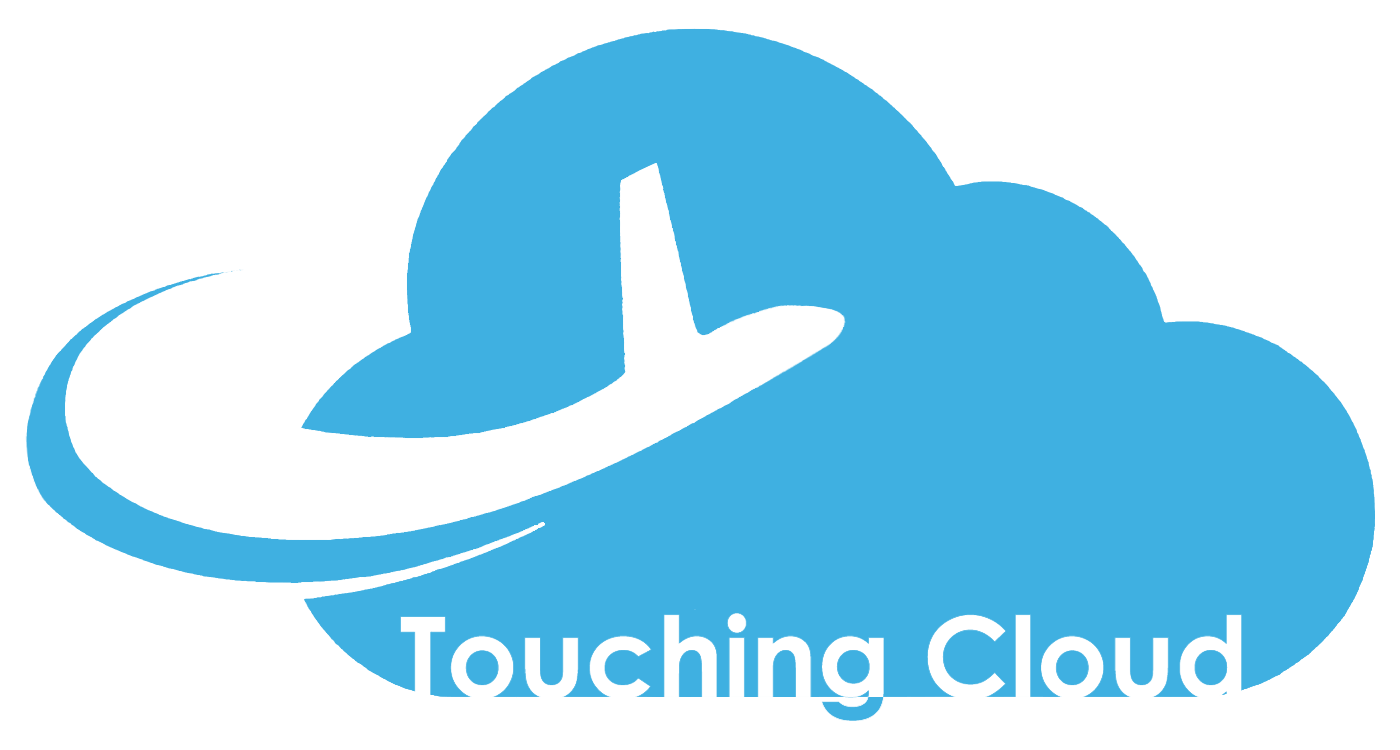Attention! This add-on requires the “Space Shuttle by Captain Sim” product to be purchased and installed. It can be acquired via the FlightSim marketplace, the official developer’s web store, or other sources. To use this modification, select one of the additional livery with SCA mark under the Space Shuttle aircraft. Stock Space Shuttle is not affected anyhow when you select one of the default liveries.
MSFS needs to be restarted once after add-on installation, Xbox users also have to remove MSFS from Quick Resume list.
Three Exciting New Flight Modes:
1. Space Shuttle Delivery by Carrier Aircraft
Select any airports or runways as your departure and arrival points. You’ll begin your journey in the Space Shuttle attached to the Boeing 747-100 carrier aircraft on the runway. Take control of the carrier aircraft to perform the take-off, navigation, and landing phases. Utilize the shuttle cockpit instruments normally, noting that the autopilot is disabled in this mode. Control carrier engine thrust using the flaps handle, where each position corresponds to cruise flight, take-off, and landing thrust settings.
Kennedy Space Center – Edwards Air Force Base: Return ferry flight after shuttle orbiter lands at alternate landing site due to weather or technical reasons.
Departure: Kennedy Space Center, Florida (KTTS)
Destination: Edwards Air Force Base, California (KEDW)
Kennedy Space Center – Ellington Field: Relocation flights for shuttle orbiters between primary launch facilities and crew training facilities.
Departure: Kennedy Space Center, Florida (KTTS)
Destination: Ellington Field, Houston, Texas (KEFD)
Edwards Air Force Base – Ellington Field (NASA Johnson Space Center): Shuttle orbiter transport for maintenance, astronaut training, and mission preparations at Johnson Space Center.
Departure: Edwards Air Force Base, California (KEDW)
Arrival: Ellington Field, Houston, Texas (KEFD)
2. Space Shuttle Approach and Landing Training
Select both departure and arrival airports or runways. You will start the flight attached to the carrier aircraft similarly to the previous mode. On final approach, ensure you reach an altitude of at least 10,000 feet above ground level. Nearing the runway, initiate shuttle separation using one of these methods:
– Dedicated hotkey to toggle navigation lights (default ALT + N or L)
– Drogue chute arm switch in the cockpit (left side of the front dashboard)
After separation, follow the co-pilot’s instructions for a precise landing.
Shuttle Separation and Test Landing at Edwards Air Force Base
climb to altitude (~24,000 feet) and perform separation
Departure: Edwards Air Force Base, California (KEDW)
Destination: Edwards Air Force Base, California (KEDW)
3. Final Stage of Space Shuttle Atmospheric Re-entry, Approach, and Landing
Select only the arrival airport or runway; do not specify a departure point. The script calculates the descent trajectory, starting your flight automatically at the maximum altitude allowed in Microsoft Flight Simulator 2020 (275,000 feet). Enjoy the fully automatic initial descent phase, configure avionics, and experience impressive visual effects. Manual control is returned at the destination, where you’ll follow co-pilot instructions for a successful landing.
STS-1 (Columbia, First Shuttle Mission)
Departure: not set
Destination: Edwards Air Force Base, California (KEDW)
STS-2 (Columbia, landing at emergency landing facility)
Departure: not set
Destination: White Sands Space Harbor (KHMN)
STS-135 (Atlantis, Final Shuttle Mission)
Departure: not set
Destination: Kennedy Space Center (KTTS)
1K1 (USSR Buran space shuttle mission)
Departure: not set
Destination: Yubileyniy Airport of Baikonur Cosmodrome (UAON)
Mission: Impossible – arriving from space to Lukla
Departure: not set
Destination: Tenzing-Hillary Airport (VNLK)
Overall Improvements:
– Accurate NASA Boeing 747-100 Space Carrier Aircraft 3d model
– Enhanced visual effects: Atmospheric re-entry plasma glow, smoke trails, vapor effects, landing gear dust, and wake turbulence.
– Custom audio enhancements: Sonic cone and sonic boom effects.
– Airshow Assistant add-on integration: Includes an escort by two F/A-18 aircraft during shuttle approaches (requires Airshow Assistant add-on installed).
– Multiplayer compatibility: Features such as carrier aircraft attachment, drogue chute deployment, and re-entry visuals are visible to other players.
– Xbox controller shortcuts: Arm drogue chute (X + Y), deploy drogue chute (X + A), jettison drogue chute (X + B) (experimental)
– External view visual approach guidance system.
– Vocal guidance from the co-pilot: altitude updates, airspeed notifications, approach instructions, and azimuth waypoint indications.
– Real-time flight controller advice: Speed warnings, flight tips, and continuous navigation updates.
– Drogue chute simulates realistic aerodynamic forces.
– Heads-Up Display (HUD) collimation for accurate visual guidance.
– Action camera will toggle exterior view in key events
Experience life-accurate events, selecting these departure and destination airports. Set weather to LIVE for challenging conditions, and ask your friends to join the action!

2 feedbacks on Space Shuttle extension: SCA
I restarted MFS twice and it still does not show up in my library. (I am on pc.)
Hi. This add-on is a livery container for the existing aircraft (Space Shuttle by CaptainSIm), not independent aircraft. Which means you need first one to be installed. New variants will appear in liveries selection – there will be one with SCA attached to the Shuttle.
If you still can’t find it, please send a picture of the library you mentioned. Maybe there is some issue.